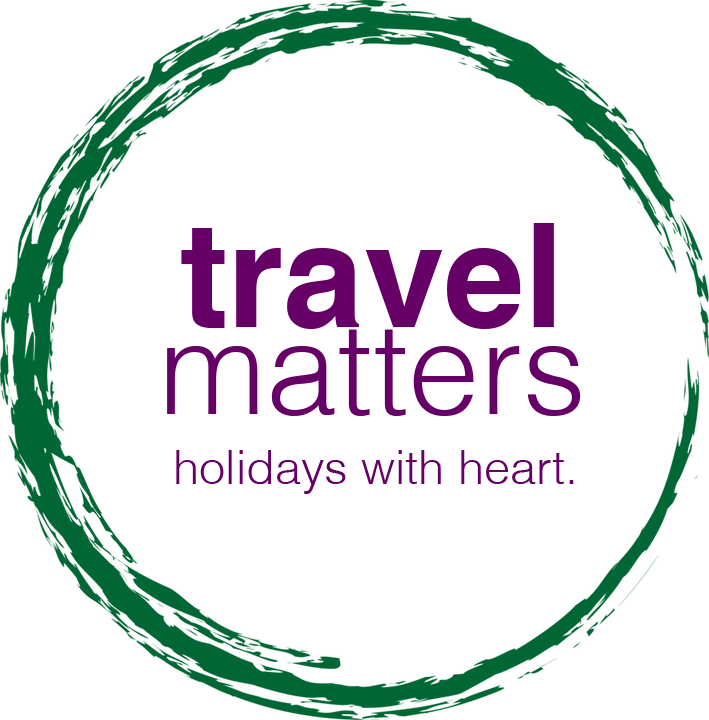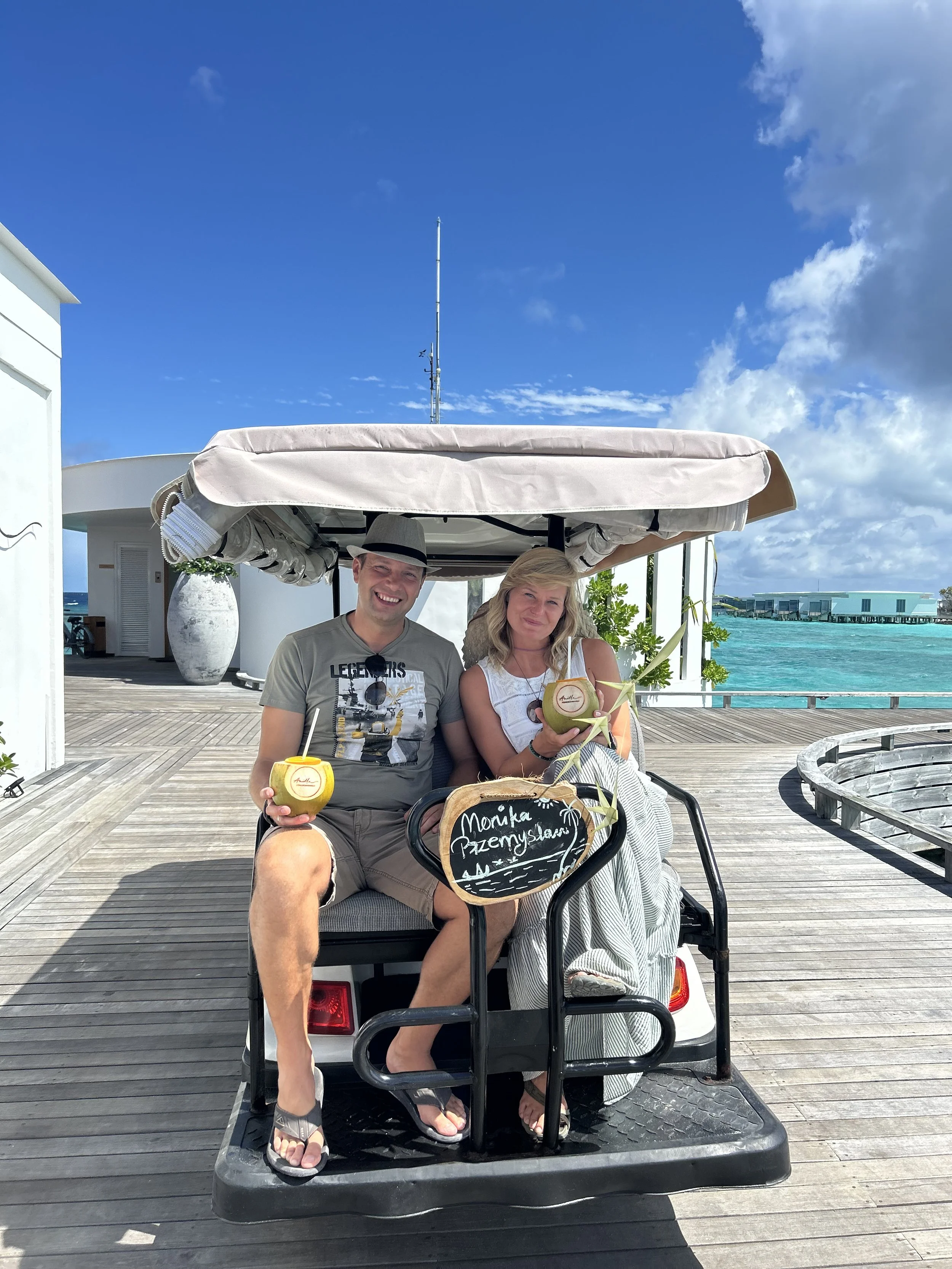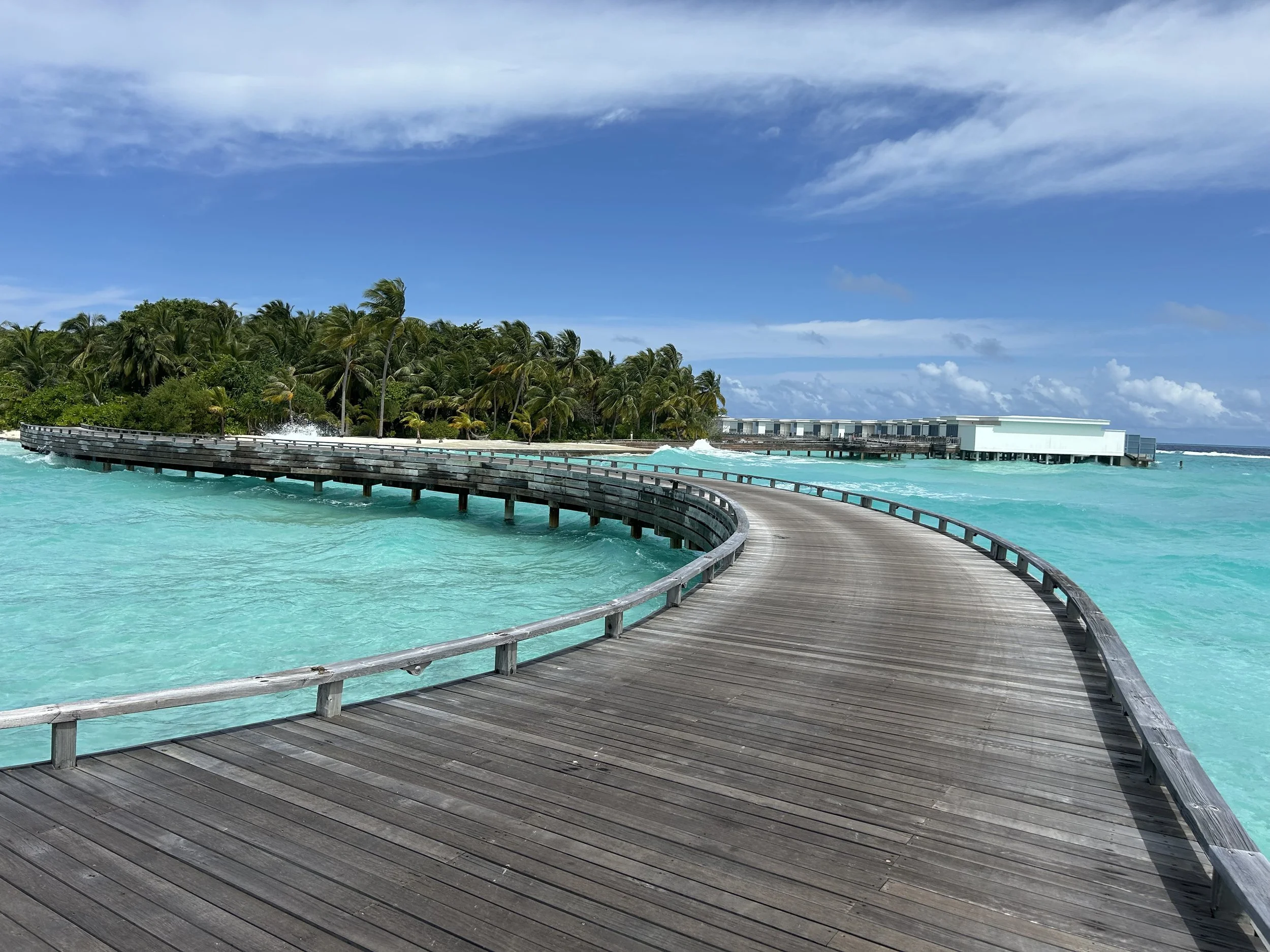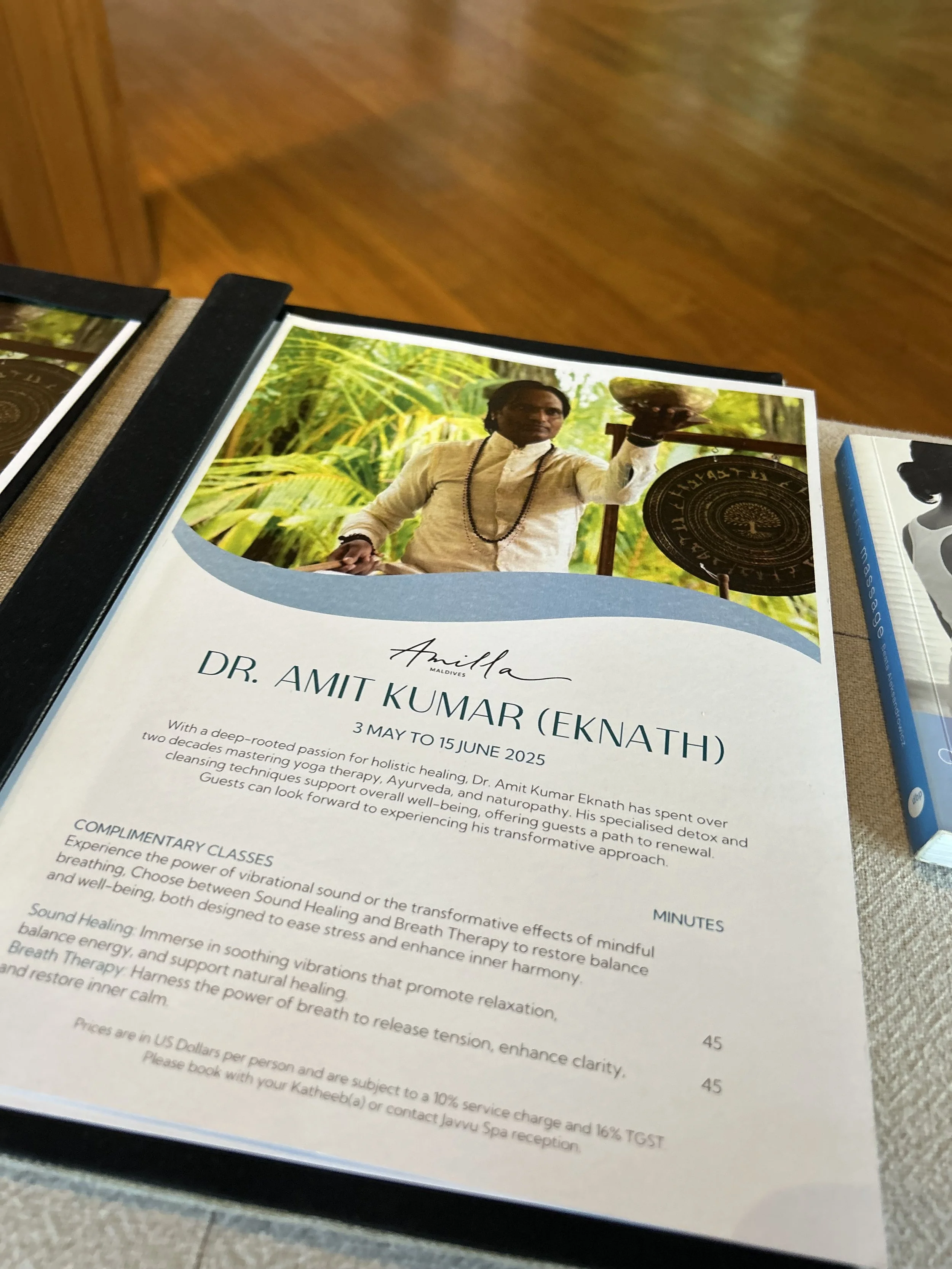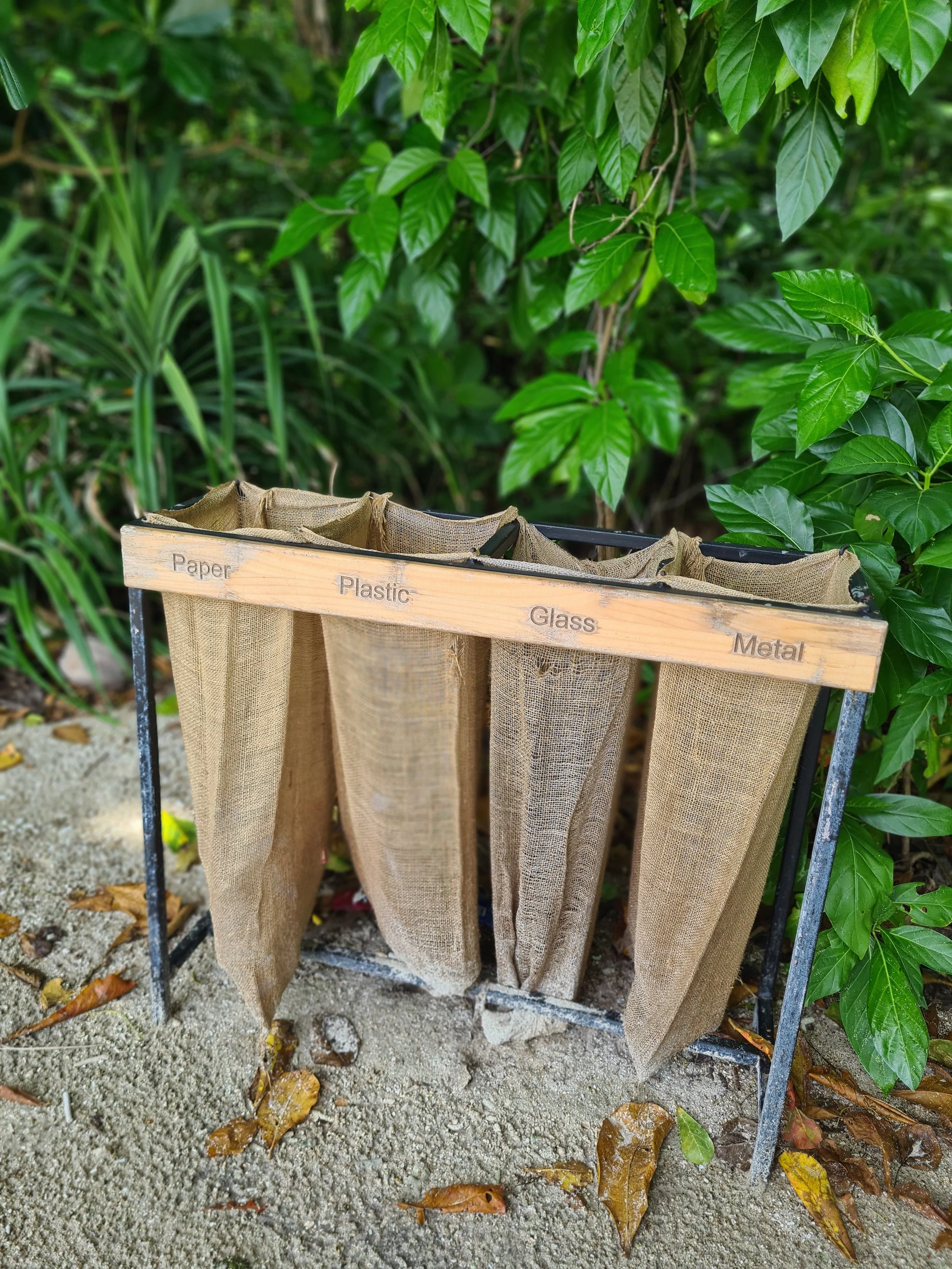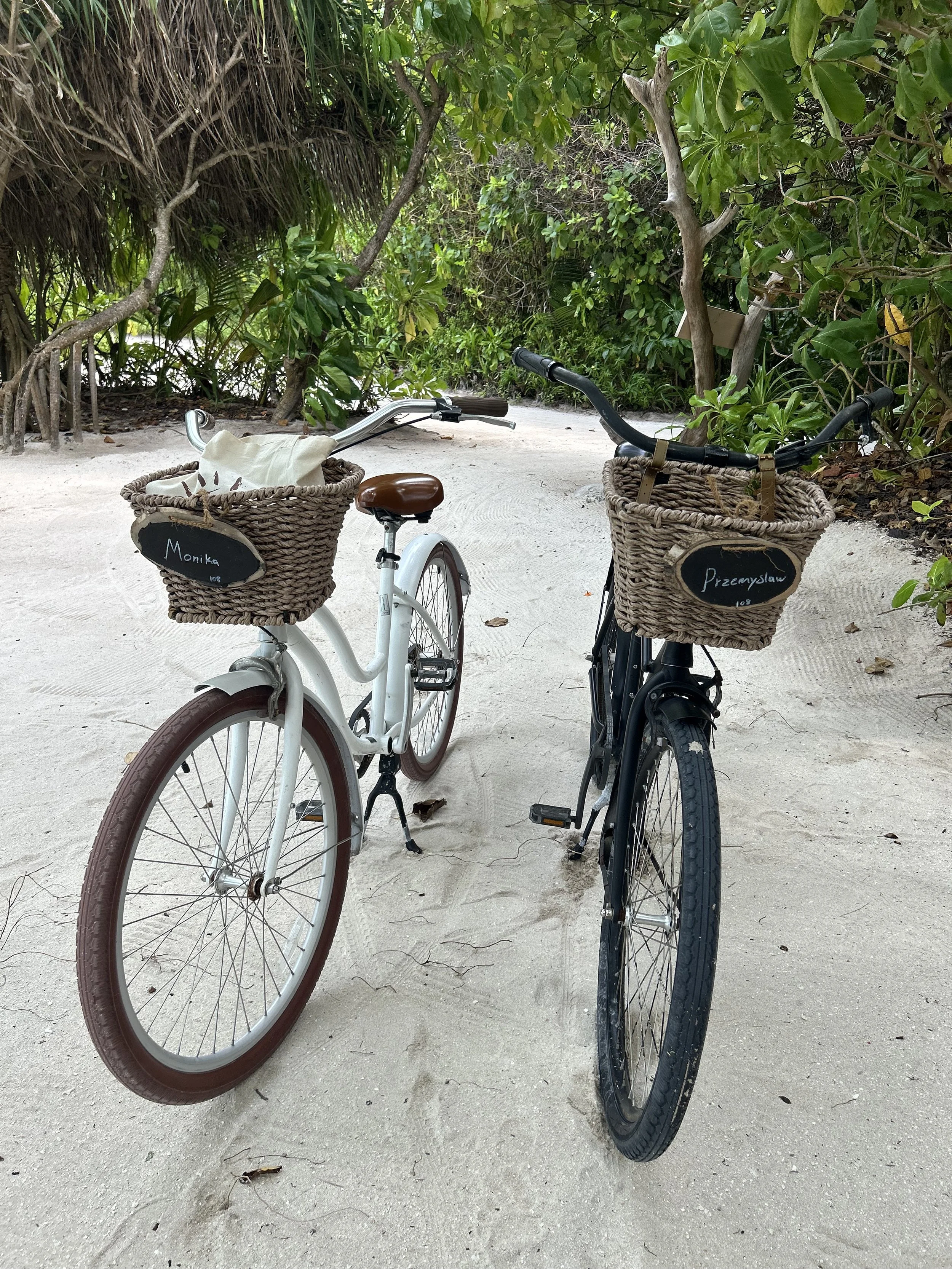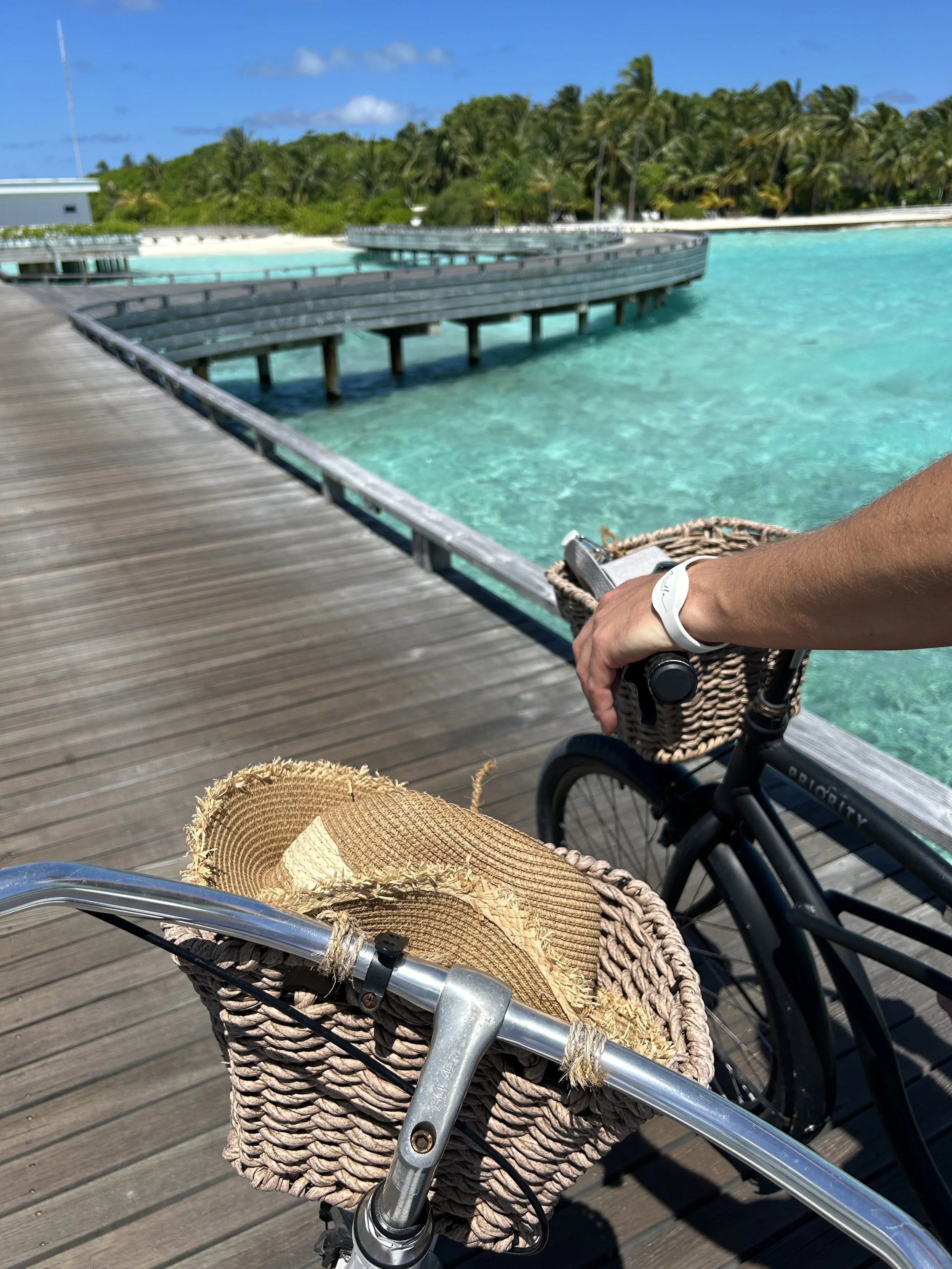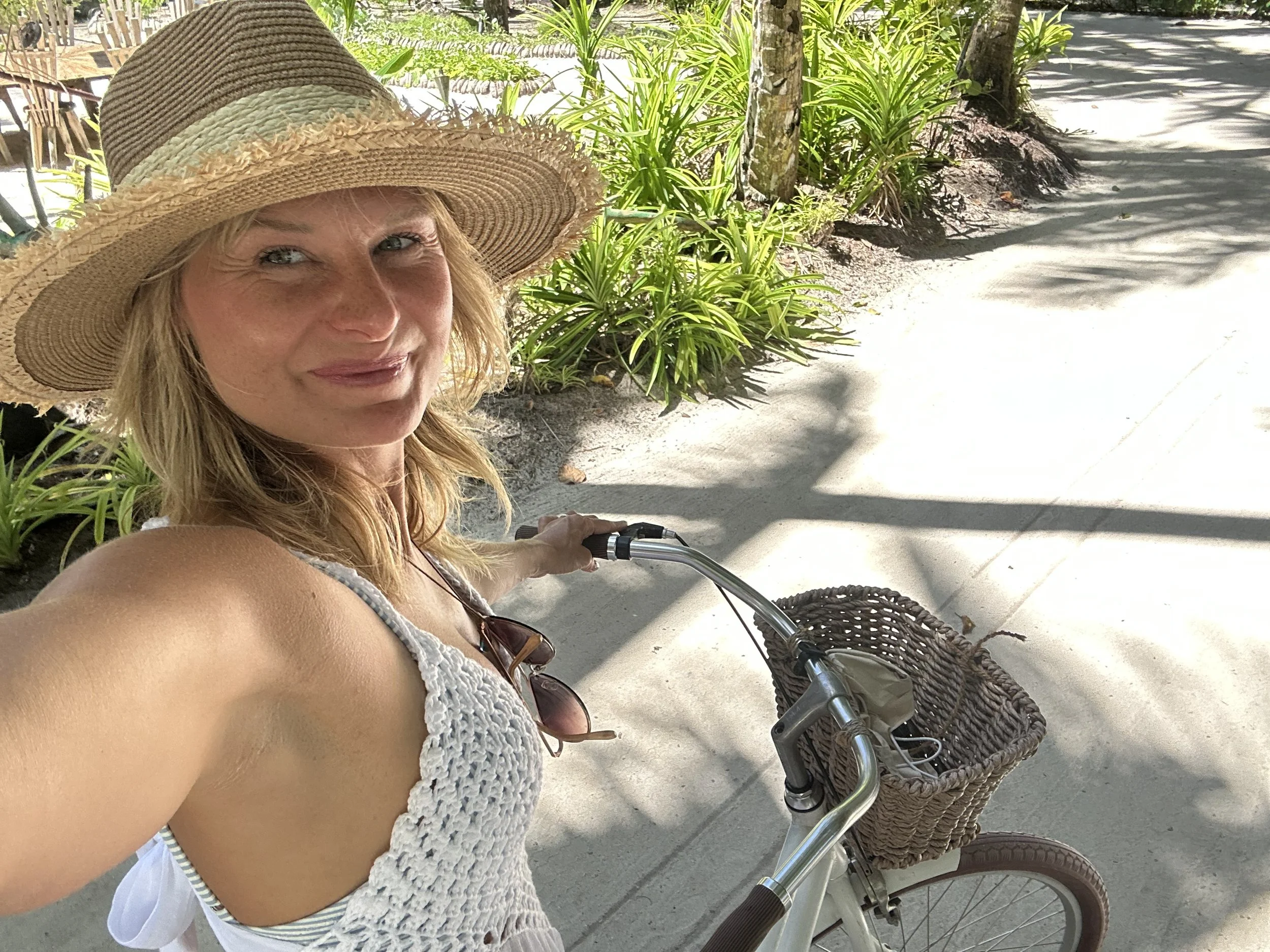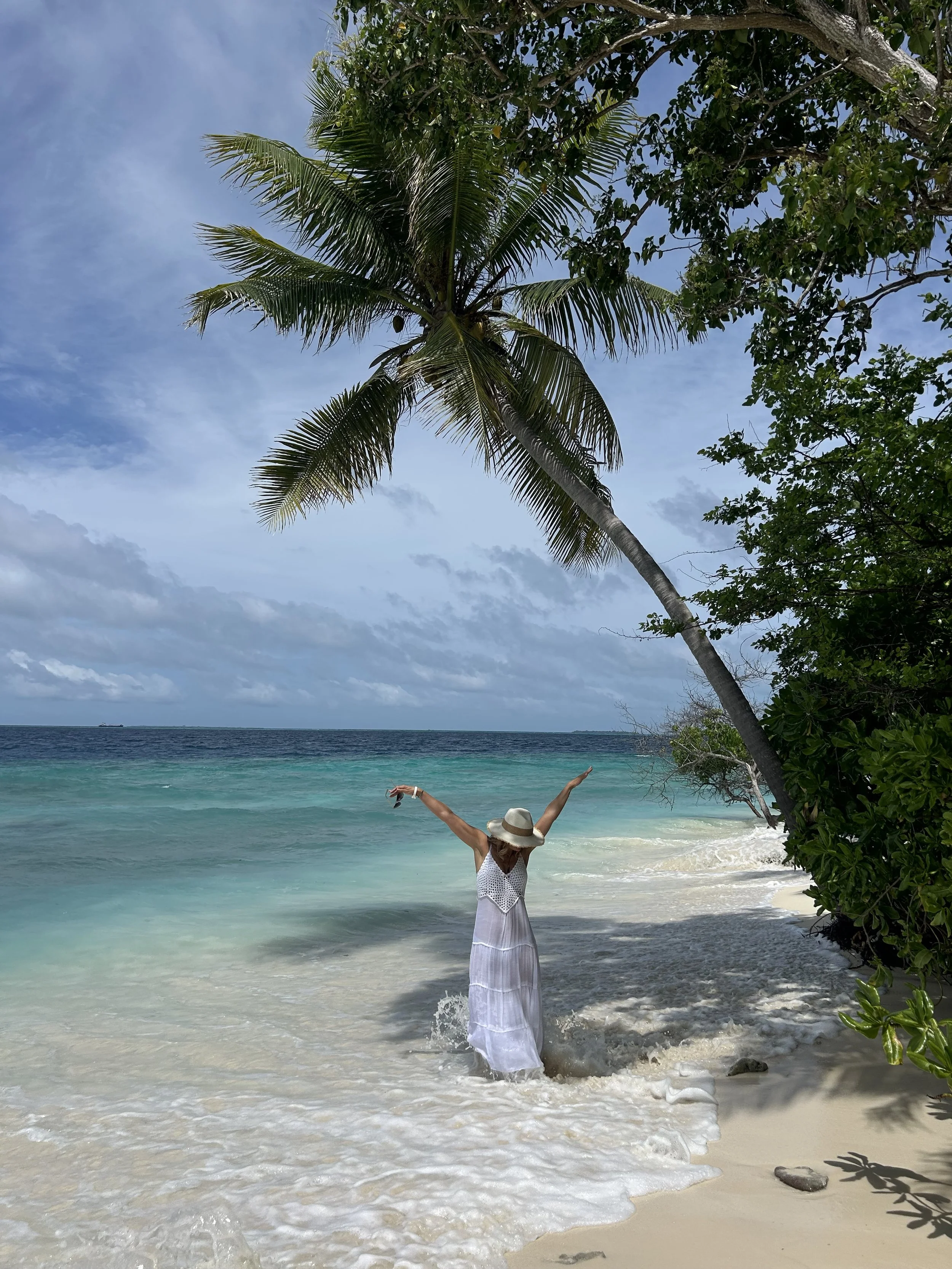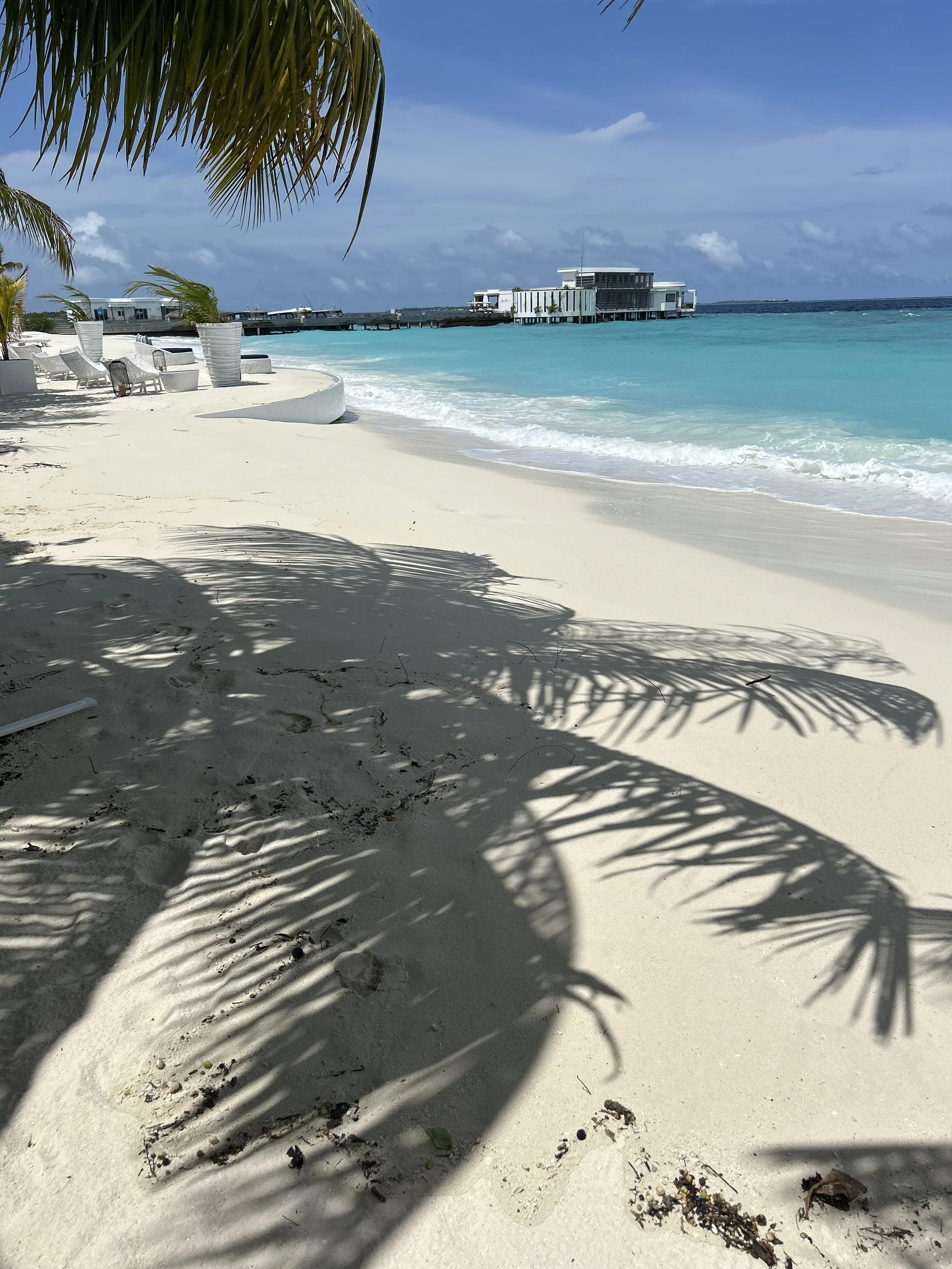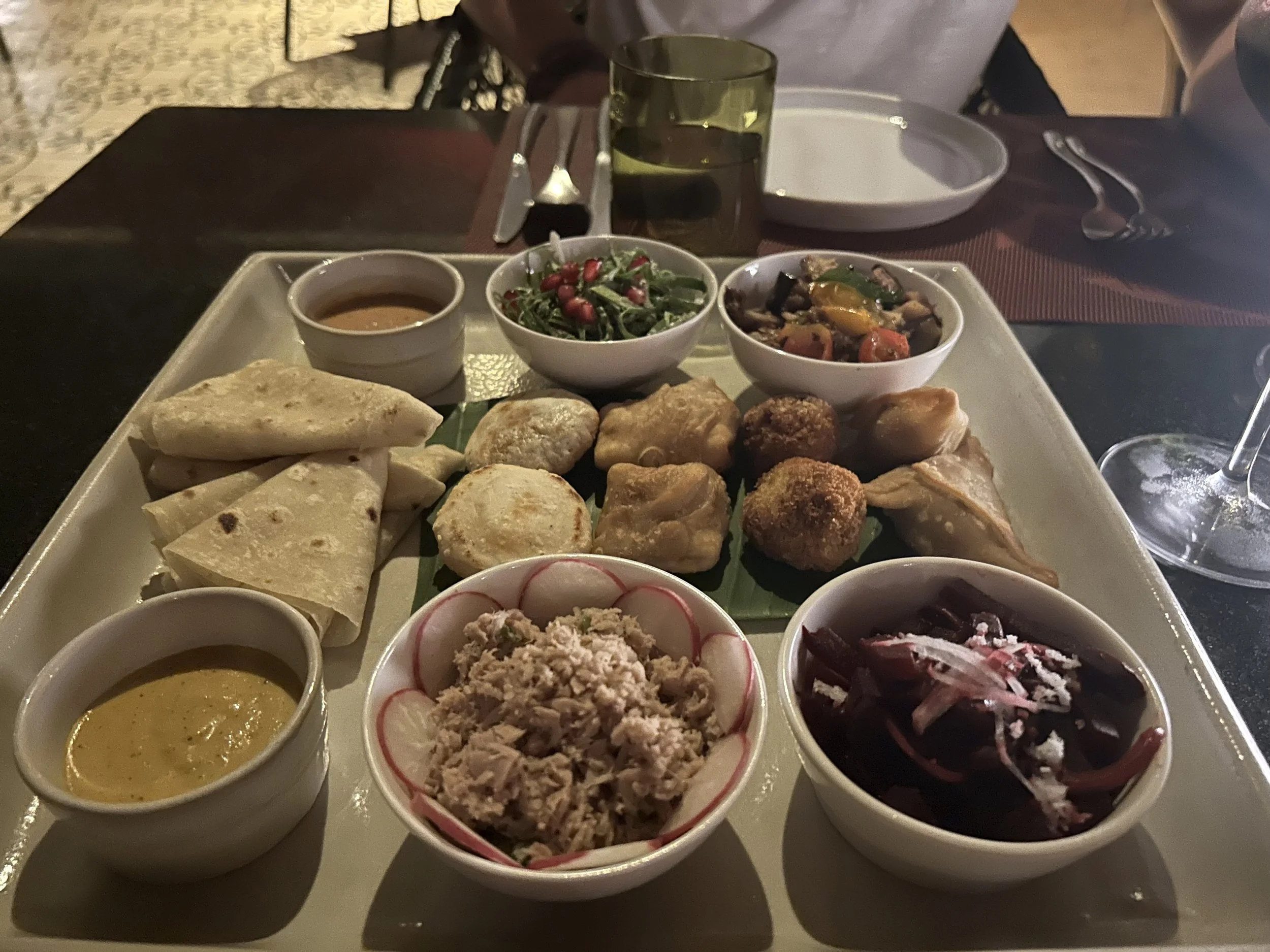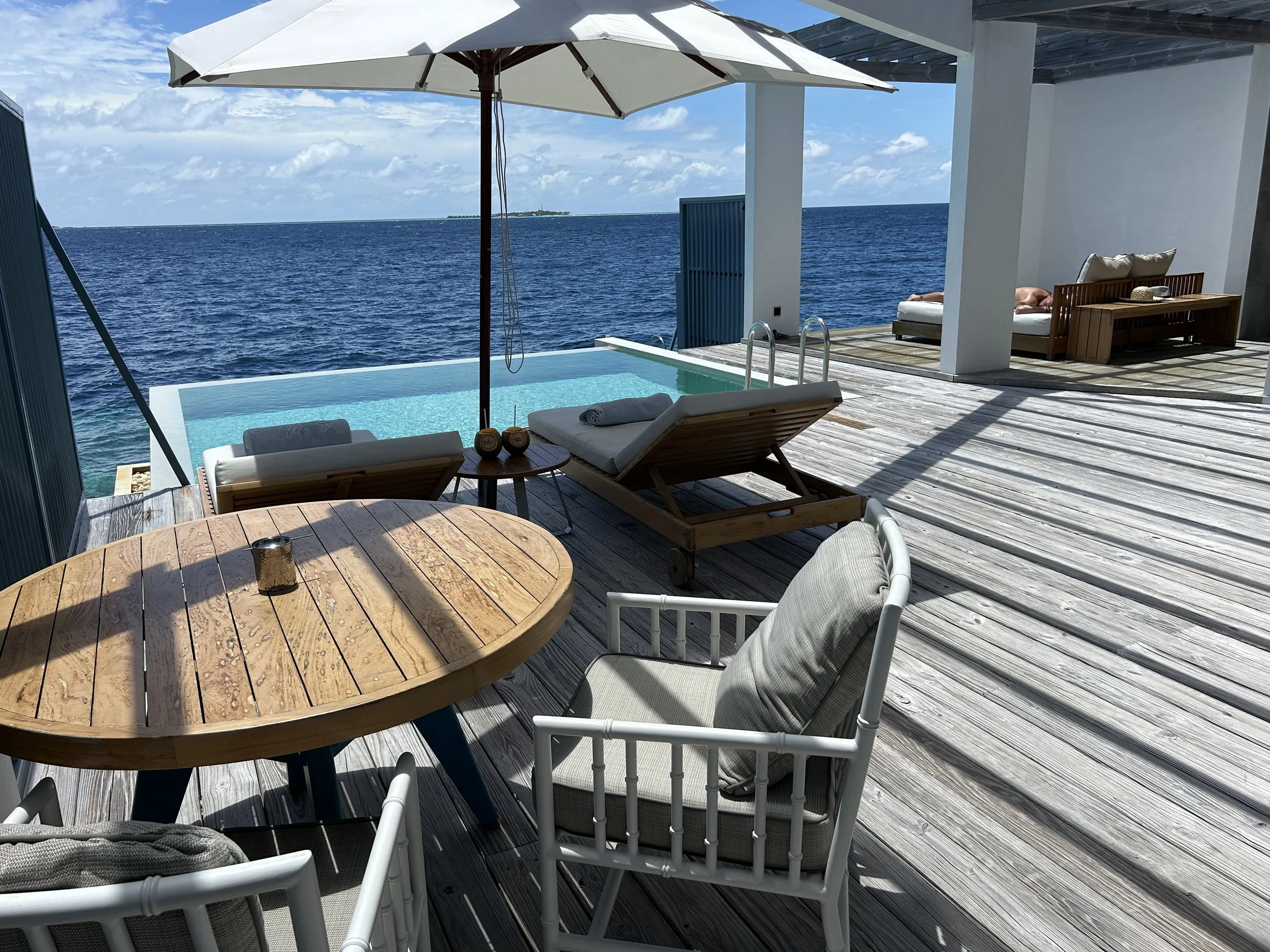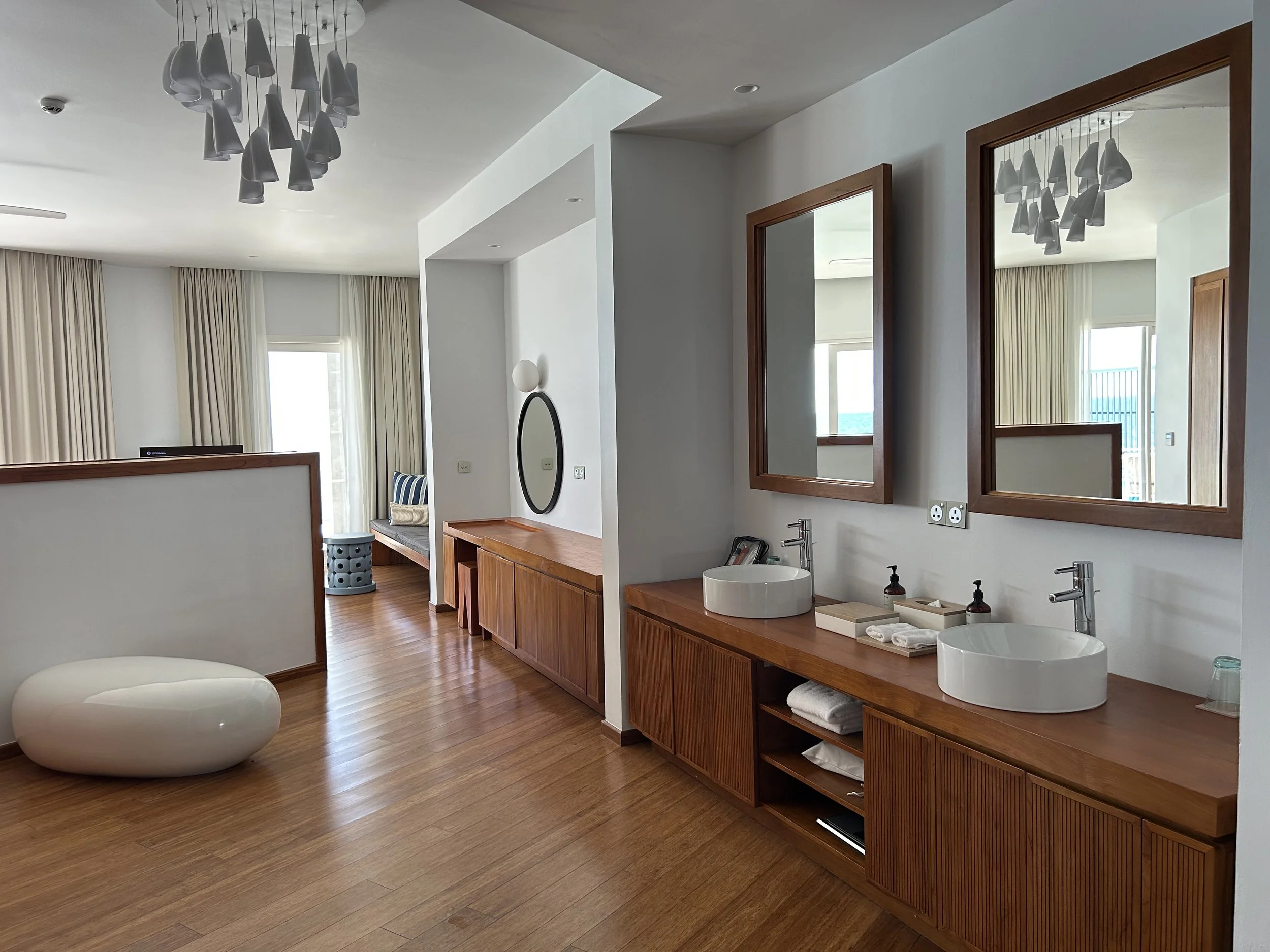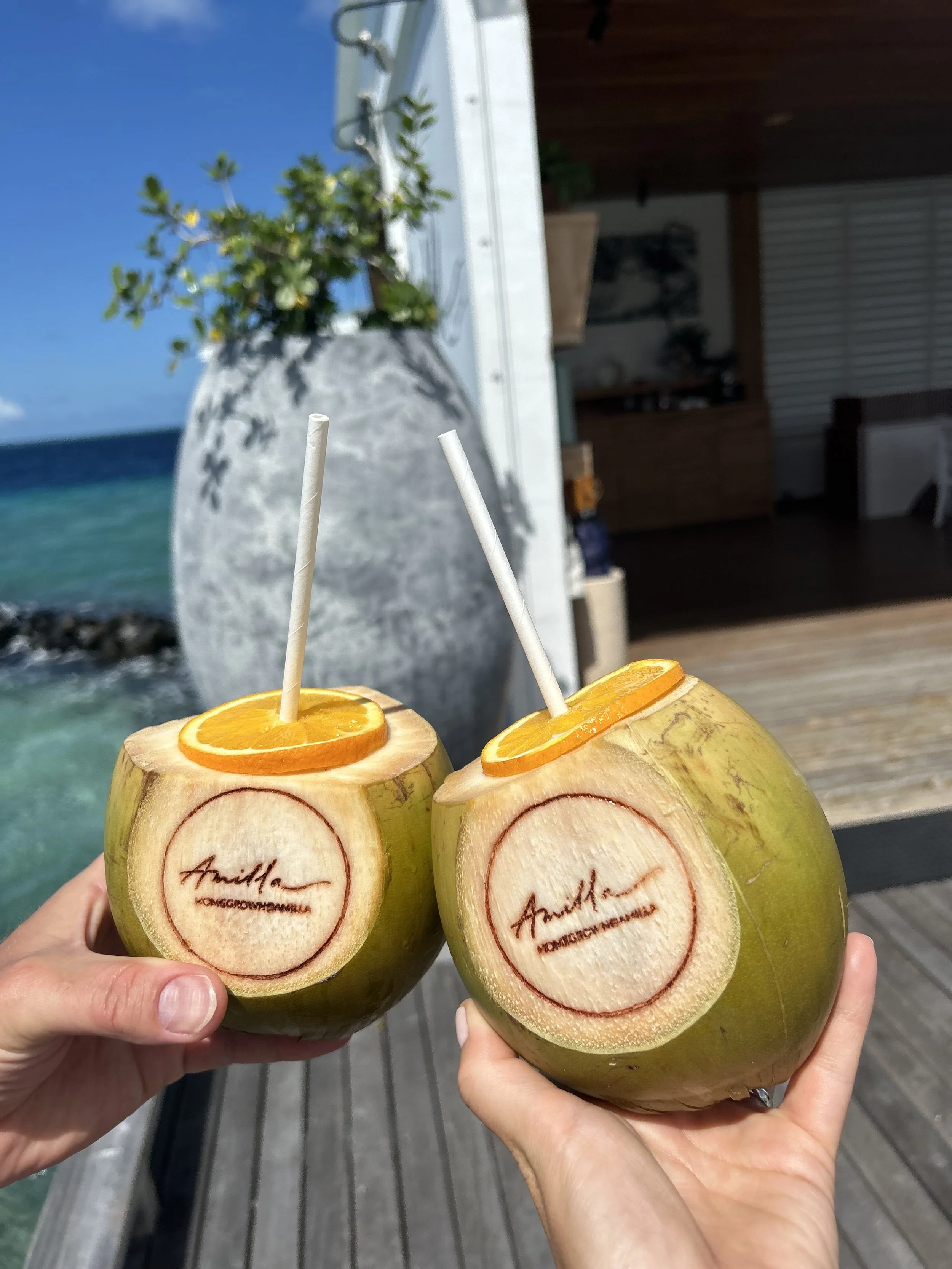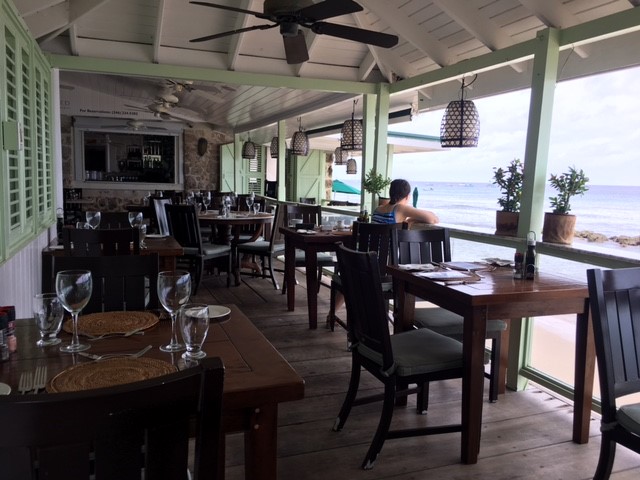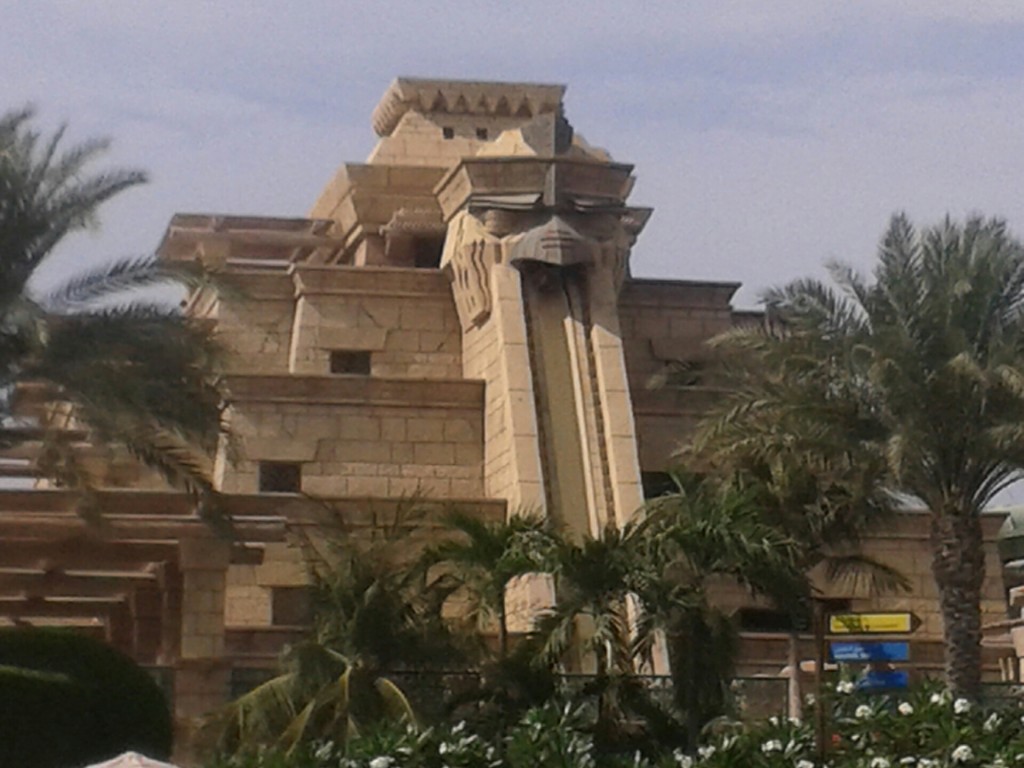At the southernmost tip of Mexico's Baja California peninsula, where the Pacific Ocean meets the Sea of Cortez, you’ll find Los Cabos – a destination that manages to be both wild and luxurious. It's the sort of place where you might spot a whale breaching from the infinity pool of your five-star resort or sip a mezcal cocktail while watching pelicans dive-bomb for their dinner. What makes Los Cabos exceptional? While the Yucatan certainly has its charms (and I do love Tulum and Holbox), the beaches in Los Cabos are on another level entirely - pristine, less crowded, and framed by dramatic rock formations that create the most spectacular backdrop to every photo.
Marine Life
Los Cabos is a marine biologist's dream. The waters surrounding the peninsula host approximately 80% of the world's aquatic mammals – a statistic that becomes quite awe-inspiring when you're watching a humpback whale and her calf breach just offshore during breakfast (which I am assured happens regularly during the season).
Whale watching here apparently isn't the squinting-at-distant-splashes you might have experienced elsewhere. During the season (December to April), boat tours are plentiful, but my top tip is to simply watch from shore – particularly from the cliff-side restaurant at Esperanza Resort, where the food somehow manages to live up to the Attenborough moments happening in the waters below.
Beyond the Beach: Mountains, Golf Courses and Adventures
While the sea is the star attraction, Los Cabos offers surprising depth for the adventurous visitor. The Sierra de la Laguna mountains provide waterfalls, off roading and hiking trails with views that rival those from any infinity pool.
For golf enthusiasts, the courses here border on the ridiculous in their beauty. The Pamilla Golf Club features 27 holes, each seemingly competing with the next for the most spectacular view over the Sea of Cortez. Even as someone who considers golf a good walk spoiled, I found myself constantly reaching for my camera as I was shown around the course.
Accommodation: From Treehouses to All-Inclusive Luxury
The accommodation options in Los Cabos range from the luxurious to the fascinatingly unique. Acre stands out in the latter category – a property featuring treehouses, villas and casitas set within an oasis of palm trees. The property operates its own organic farm, supplying the excellent restaurant, and cookery school (where I helped to whip up a lunch of local delicacies including the most amazing ceviche) and also rescues puppies. Yes, actual puppies!!
If, like me, you believe that one pool is never enough, Auberge Resorts Chileno Bay will feel like aquatic heaven. The property features three cascading pools, thoughtfully designed for different demographics: one for children (safely distant from my cocktail), one for families, and one adults-only sanctuary where I spent most of my time.
The afternoon floating margarita bar deserves special mention – serving mini margaritas and Pina coladas. I requested (purely for research purposes) one of each and can confirm that they are perfectly made and easily consumed while floating in the warm water and enjoying the spectacular views.
If I had to choose one resort that captures everything magical about Los Cabos, it would be Montage Los Cabos. This is the rare gem that ticks every single box on your luxury wish list.
The food here is nothing short of legendary - think tuna tostadas, jumbo prawns, perfect steaks and of course the most spectacular ocean views. Though what sets Montage apart from many Los Cabos properties is its swimmable beach - a true rarity in this dramatic coastline where most beaches are better admired than entered. Here, you can actually enjoy the gentle waves with your morning coffee or afternoon cocktail.
The rooms are just gorgeous. Each suite feels like your own private sanctuary with interiors that blend contemporary Mexican design with coastal elegance.
For those who prefer their luxury all-inclusive, Grand Velas offers rooms that all face the sea (so no awkward conversations at check-in about "garden views"), and remarkably, includes a Michelin-starred restaurant in the all-inclusive plan. Imagine ordering a Michelin star tasting menu without mentally calculating the damage on your credit card with each course.
Whether you're seeking adventure, relaxation, culinary exploration or simply the perfect pool-side margarita, Los Cabos delivers with a distinctly Mexican blend of warmth, luxury and natural beauty. Just be prepared for the possibility that, like me, you might find yourself googling "can I run a travel business from Mexico?"
My advice for the perfect trip: A couple of days in Mexico City en route. Even just 24 hours in this vibrant metropolis will be a perfect complement to your beach escape. The contrast between the capital's urban energy and Los Cabos' natural splendour creates a balanced Mexican experience that will leave you understanding why I'm so madly in love with this country.
If you are planning your trip to Mexico, contact Jacky.
( This blog has been written by Jacky Bowman, Travel Matters Travel Advisor. She visited Mexico in September 2025. For more information and details about your
next holiday, please make an Enquiry today!)
